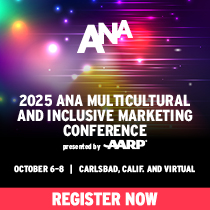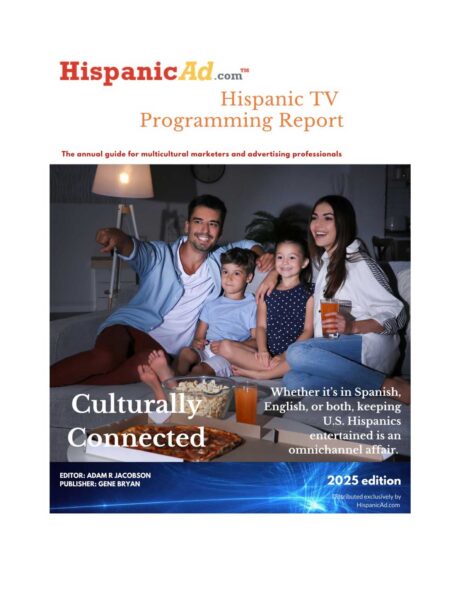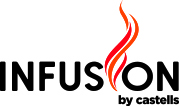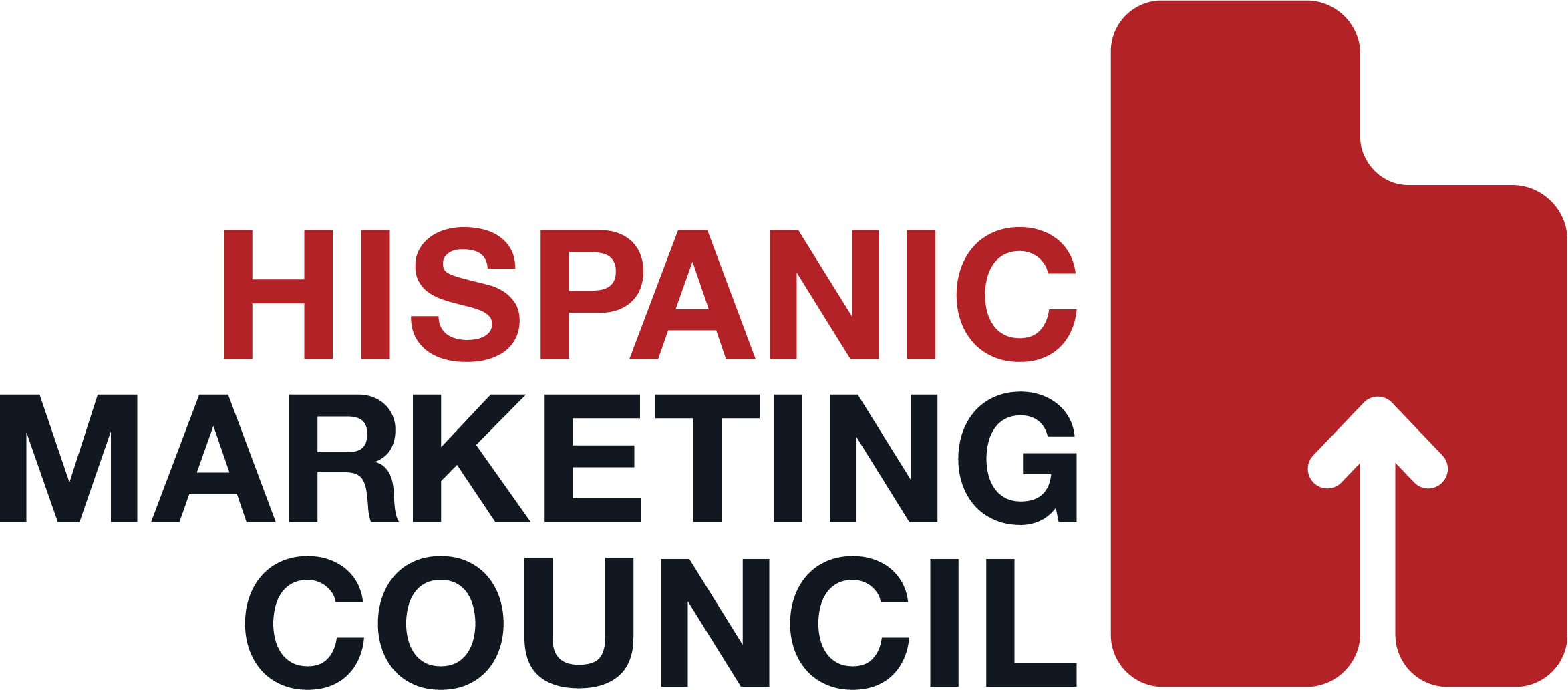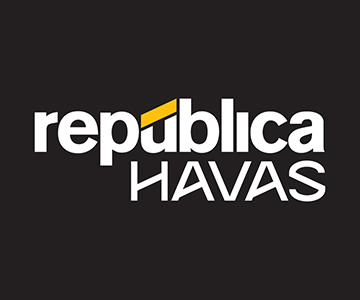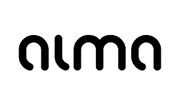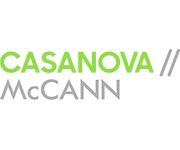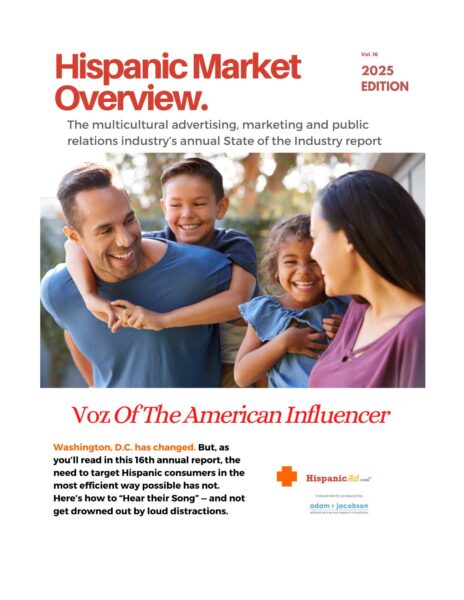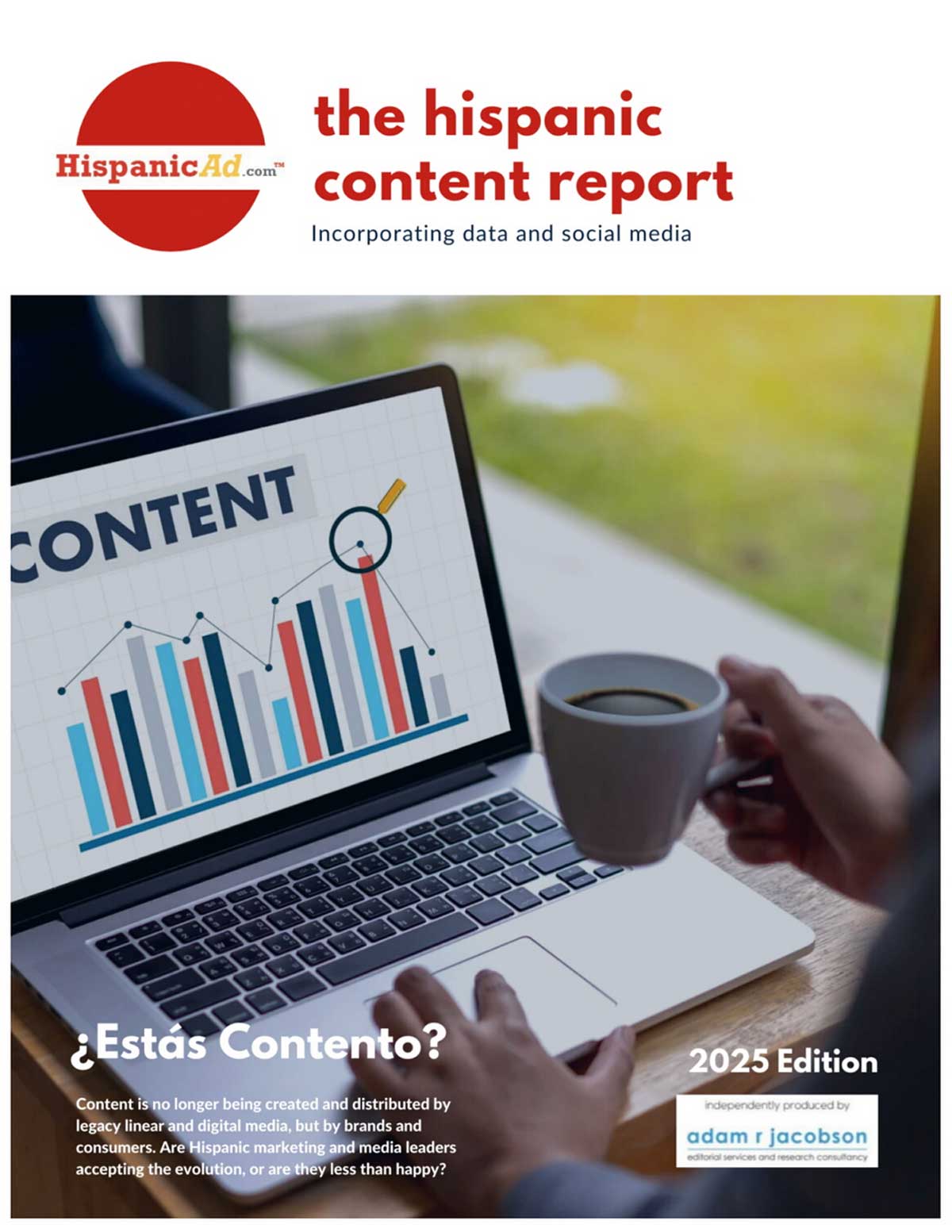Trends
How U.S. Adults Use TikTok [REPORT]

A new Pew Research Center study matching the survey responses and on-site behaviors of U.S. adult TikTok users finds that a minority of avid posters create the vast majority of content on the site. And most users post seldom, if at all – instead using TikTok primarily to view and consume content made by others.
AIMM ANNOUNCES THE MOST CULTURALLY INCLUSIVE BRANDS WITH THE HOME DEPOT RANKING AS BEST-IN-CULTURE AND LYSOL AS BEST-IN-AD EFFECTIVENESS
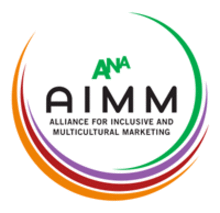
The ANA’s Alliance for Inclusive and Multicultural Marketing (AIMM), in partnership with the Cultural Inclusion Accelerator (CIA), unveiled the Most Culturally Inclusive Brands of 2023. The awards are based on extensive research through the CIA’s industry-leading measurement methodology, the Cultural Insights Impact Measure (CIIM™), a metric that identifies the impact and effectiveness of cultural relevancy and positive DEI reflections in ads and the potential to affect sales lift.
Can the Insights Industry See Itself Clearly? [PODCAST]

In this episode of The New Mainstream podcast, Ali Henriques, Global Director of Research Services at Qualtrics, delves deeper into leadership diversity and its impact on recruiting and retaining diverse talent.
Branded Influencer Content Partnerships essential keys to Marketer’s Playbook in fast growing Global Market [REPORT]

With media spend on the global influencer market expected to approach $6 billion in 2024, a new research report released by Snapchat and MAGNA Media Trials revealed how content creators and brand-sponsored content could push the industry even further. The robust study called “Unleashing Influence: A Marketer’s Guide to Influencer Success”
Diversity In Data: Can Multicultural Insights Transform Programmatic?

In the ever-evolving world of programmatic advertising, leveraging diverse data sources to expand audience reach and optimize campaign effectiveness is paramount. As programmatic media buyers, you're likely familiar with DSPs such as The Trade Desk, Xandr, and Google DV360. However, the real game-changer lies in tapping into multicultural insights embedded within these platforms' vast amounts of data.
Grandparents and Their Coresident Grandchildren: 2021 [REPORT]

The U.S. Census Bureau today released the Grandparents and Their Coresident Grandchildren: 2021 report that provides characteristics of grandparents living with their grandchildren who are under the age of 18.
Multicultural Marketing in 2024: Change is Here, Opportunity Awaits [REPORT]

The past year has been a roller coaster ride for multicultural marketing practitioners. From the recent Supreme Court ruling on affirmative action to increased scrutiny of diversity, equity and inclusion (DEI) initiatives, companies are carefully assessing how these factors will impact their multicultural marketing budgets. ThinkNow shares this curiosity and has recently surveyed corporate decision-makers in multicultural marketing and multicultural consumer research, aiming to understand how they are strategically navigating the current landscape.
2024 Media Predictions: A year of transformation [REPORT]

The year 2024 is poised to be a year of transformation. With rapid technological advancements, shifting global dynamics, and a changing consumer landscape, businesses and organizations need to be prepared for the unexpected.
How to Use AI Responsibly in Marketing

Generative AI is beginning to transform marketing and advertising — and brand managers are scrambling to keep up with the onslaught. Eighty-two percent of marketers are familiar with generative AI tools and 65 percent have incorporated them into their tech stack, according to the "The Highs, Lows, and 'Whoas' of AI," which surveyed 317 marketing professionals. Yet many marketers are having a tough time leveraging the full potential of AI: 70 percent say they feel inundated by the current pace of AI development and its incorporation into their marketing strategies, while 42 percent still haven't received any formal training on AI and its applications in marketing.
Is the Gender Wage Gap the Same at Different Education Levels?

The gender wage gap — the difference between what men and women earn — is an often-cited marker of the progress women are making in the work force typically measured by comparing the average earnings of men and women.
January 2024 Retail Sales Results Reflect Altered Shopping Patterns

In January 2024, U.S. retail sales, including both discretionary general merchandise and consumer packaged goods (CPG), were flat in both units and revenue compared to the same month last year. Discretionary general merchandise spending declines continued at the newly established levels during the four weeks ending January 27, 2024, with 5% dollar and unit sales declines compared to last January. CPG performance held relatively steady. Food and beverage year-over-year sales revenue grew 1%, and unit sales were flat. Non-edible CPG sales improved slightly, with 2% revenue growth and a 1% unit sales decline, according to Circana, the leading advisor on the complexity of consumer behavior.
Census Retail Sales Data Shows Consumers ‘Still Engaged’

Data released by the U.S. Census Bureau today shows that retail sales cooled in January but that households continued to spend, National Retail Federation Chief Economist Jack Kleinhenz said.
Who Are You? The Art and Science of Measuring Identity [REPORT]

As a shop that studies human behavior through surveys and other social scientific techniques, we have a good line of sight into the contradictory nature of human preferences. Today, we’re calling out one of those that affects us as pollsters: categorizing our survey participants in ways that enhance our understanding of how people think and behave.
2020s: The Decade of US Soccer

The 2026 FIFA World Cup is fast approaching and it will be the second time hosting for the USA after first hosting in 1994. And to this day it is still the most successful iteration of the World Cup, with record attendance (3.6M) and World Cup Final viewership (1.5B) – despite having only 52 games. By Arthur Forcione, Amrak Solutions Strategic Planner
2024 retail industry outlook [REPORT]

As retailers look to woo price-sensitive consumers in 2024, loyalty will have to be earned. To make that happen, trust will need to be the cornerstone of their profitability playbook.
From Businesses and Banks to Colleges and Churches: Americans’ Views of U.S. Institutions [REPORT]

Americans overwhelmingly see small businesses as having a positive effect on the way things are going in the country.
Black Americans’ Views on Success in the U.S. [REPORT]

Most Black Americans consider themselves at least somewhat successful (66%). When asked to define what success means to them personally, 82% of Black adults point to the ability to provide for their family.
Creating connections with Black Americans across media

For Black Americans, content provides a common ground and sense of cultural credibility. Defined through media and exported globally in fashion, TV, music and more, this culture is fundamental in its ability to bridge meaningful connections with an increasingly diverse audience. And while representing Black America is already complex, 16% of the Black population is expected to be foreign-born by 20601. That means that content will need to continue evolving to stay relevant for this media-hungry audience.
Multicultural Pet Ownership

Elevating Pet Care: Navigating Multicultural Pet Ownership Dynamics & Spending In the US pet industry, Multicultural pet owners continue to play an increasingly pivotal role in the category of overall pet ownership and spending.
An Overview of Hispanics in America [WEBINAR] TODAY

Join for an overview of the Hispanic population in the U.S. We will explore data from the 2020 Census Detailed Demographic and Housing Characteristics File A and the American Community Survey. Learn about available Census Bureau tools that provide free and easy access to data for your analysis of Hispanic trends. We will also demonstrate how to access data on the Hispanic population's language proficiency and language spoken at home.









